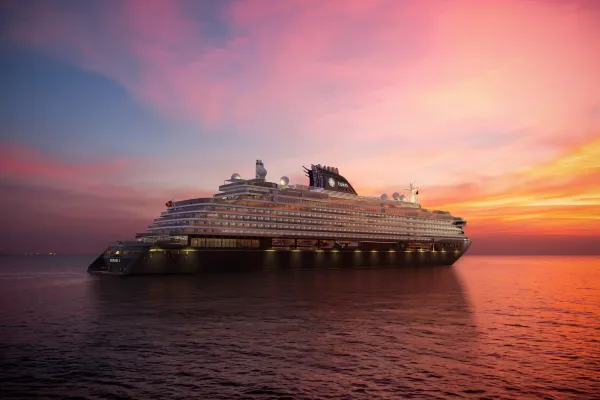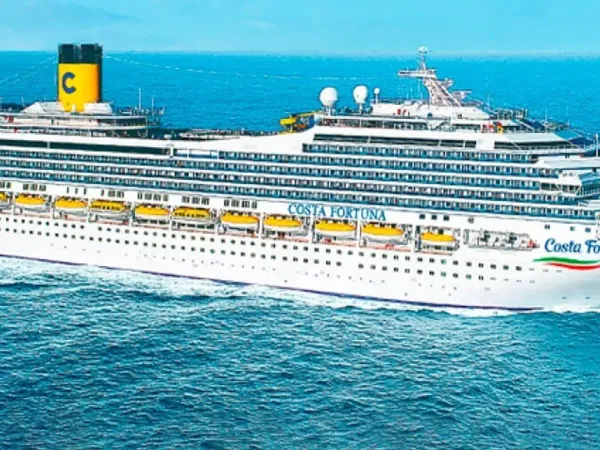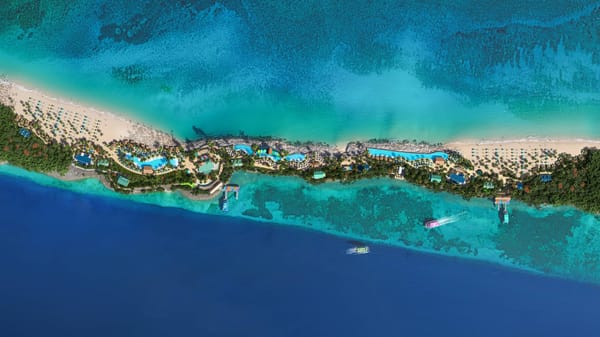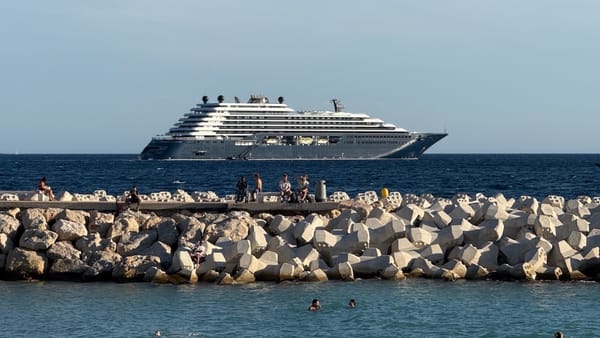Cruise Living Adventure and Affordable Travel
A growing number of retirees and adventurers are redefining long-term travel as they trade traditional living for full-time life at sea, blending affordability with global exploration.

Living on cruise ships is an unconventional yet increasingly popular lifestyle choice for a select group of individuals who blend adventure, financial strategy, and an appetite for exploration. Two recent stories illustrate how some people are redefining long-term travel, choosing to embrace life at sea.
Mario Salcedo Celebrates His 1,000th Cruise with Royal Caribbean
Mario Salcedo, a Miami native known to many as “Super Mario,” recently achieved a remarkable milestone, his 1,000th cruise with Royal Caribbean. A longstanding figure in the cruising world, Salcedo has spent over two decades primarily living aboard cruise ships, a lifestyle that sees him on land only around 15 days each year. His journey began in 1994 when his passion for travel led him to explore various cruise lines. Eventually, he settled on Royal Caribbean, captivated by the amenities of Voyager of the Seas, which was then the largest cruise ship in the world and a pioneer in on-board attractions.
Salcedo’s onboard life is anything but mundane. His days are filled with a self-designed routine that balances his investment management work with leisure activities such as dancing, enjoying cigars and cognac, and watching sports. Over the years, he has forged close relationships with crew members and fellow travelers, making life at sea a true home away from home. “It’s no longer a vacation,” Salcedo explained, referencing the familiarity with the routines and experiences of ship life.
Managing the Costs of Continuous Cruising
One of the most noteworthy aspects of Salcedo’s story is his strategic approach to financing his unique lifestyle. He spends approximately $185 per day, or around $72,000 annually, for an interior cabin. Leveraging Royal Caribbean’s Crown & Anchor Society rewards program, Salcedo has achieved Pinnacle Club status, allowing him to maximize benefits and manage costs effectively. In fact, he sees this lifestyle as a financial advantage, noting that it is more economical than the average U.S. assisted living cost, which typically exceeds $100,000 per year. By selectively skipping meals and carefully budgeting, he ensures his expenses remain sustainable while living his life at sea.
Health Challenges at Sea
Despite the many perks of cruise living, Salcedo acknowledges some physical drawbacks. He reports experiencing "land leg" issues after prolonged periods at sea, making it difficult to maintain steady balance when back on land.
Woman Embarks on a Multi-Year Princess Cruise Journey
In another example of the growing appeal of continuous cruising, a woman has documented her decision to leave the corporate world and embrace a new chapter of her life aboard a Princess Cruise Line ship. Inspired by a love of travel and the opportunity to condense living expenses, she began her journey in January and has mapped out plans to remain at sea through 2027.
The traveler revealed on her YouTube channel that she pays just $270 per week, around $1,080 per month, for her cabin, which includes amenities such as food, beverages, and Wi-Fi. She explained that her decision to live on a cruise ship stems from a desire to explore the world affordably and conveniently, stating, “I don’t know of any other way of traveling the world where everything is included.” Compared to the costs of urban living, her lifestyle represents a means to maximize both savings and experiences.
Economic and Lifestyle Impacts of Long-term Cruise Living
The rising popularity of long-term cruise living highlights its potential as an alternative to traditional housing and retirement planning. For many individuals, cruising offers a cost-effective alternative to traditional living arrangements, while others view this lifestyle as a way to combine affordable housing with the opportunity to explore new horizons. Both examples challenge conventional ideas about retirement and housing, promoting flexibility, minimalism, and cultural exploration.
Long-term cruisers also offer economic benefits to the industry, as they contribute consistently to revenue streams through onboard spending, loyalty programs, and participation in activities such as excursions and specialty dining. According to the Cruise Lines International Association (CLIA), over 36 million people took a cruise in the past year, with the Caribbean and Mediterranean standing out as the most popular destinations. While the liveaboard lifestyle remains a niche market for cruise operators, it represents a dedicated and profitable segment of their consumer base. The increasing demand for cruises, combined with innovative itineraries and evolving passenger preferences, underscores the unique appeal of this lifestyle.
Frequently Asked Questions (FAQs)
Who is Mario Salcedo, and why is he called “Super Mario”?
Mario Salcedo, a Miami native, is a veteran cruiser who has lived aboard Royal Caribbean ships for over 20 years and recently completed his 1,000th cruise. He is nicknamed "Super Mario" by crew and fellow passengers for his dedication to the cruising lifestyle and frequent presence on Royal Caribbean ships, particularly Voyager of the Seas.
How much does it cost to live full-time on a cruise ship?
The cost of living aboard a cruise ship varies depending on the ship, cabin choice, and itinerary. Mario Salcedo, for example, estimates his cruising expenses to be about $185 per day, or approximately $72,000 annually, primarily for an interior cabin. Meanwhile, a woman currently living on a Princess Cruise Line ship has estimated her costs at around $270 per week, or $1,080 per month.
What are the health implications of living at sea long-term?
Cruising full-time can lead to certain health challenges, such as the loss of "land legs" due to spending extended periods on board ships, which can impact balance and stability. Long-term cruisers may also face the need for increased attention to diet and exercise within the constraints of cruise living.
Why do some people opt for cruise living over traditional land-based living?
Many long-term cruisers are attracted to the affordability of life at sea, where costs for accommodations, meals, and amenities like Wi-Fi are often included. Cruise living also provides the opportunity to travel the world without the responsibilities and expenses of maintaining a traditional home. For some, it can be a more cost-effective alternative to conventional living expenses.
What are the most popular destinations for cruise travelers?
According to CLIA, the Caribbean and Mediterranean regions are the most popular cruise destinations, attracting millions of travelers annually with their scenic beauty, diverse cultural experiences, and pleasant climates.




